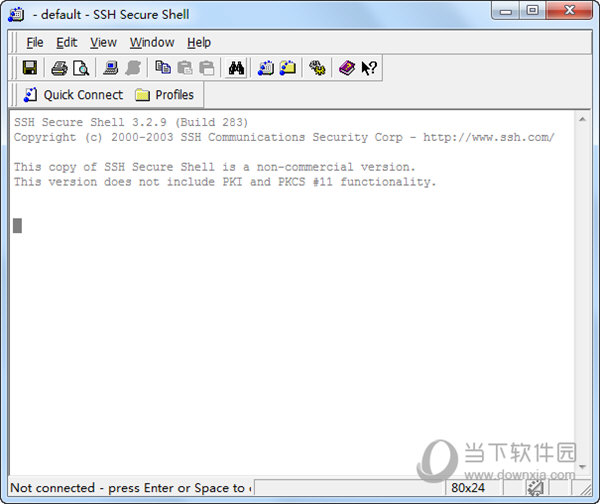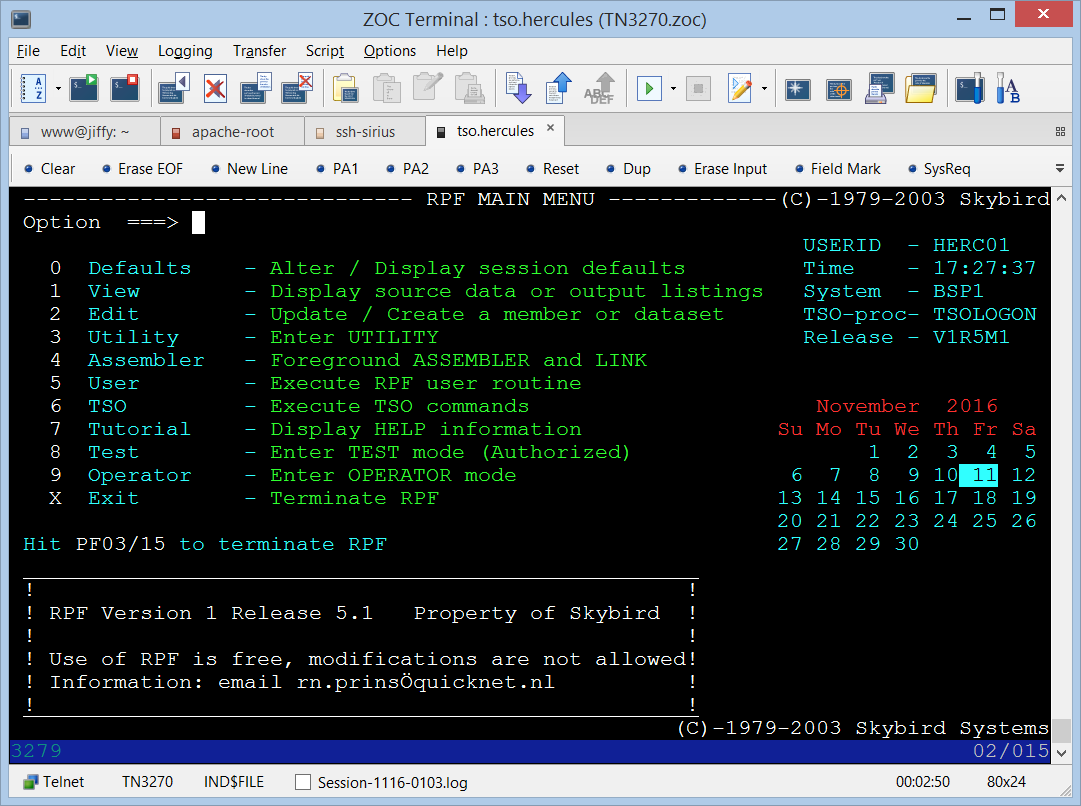

- #SSH SHELL ACCOUNT HOW TO#
- #SSH SHELL ACCOUNT MAC OS#
- #SSH SHELL ACCOUNT PASSWORD#
- #SSH SHELL ACCOUNT MAC#
Three Minor Annoyances of ssh-copy-idįollowing are few minor annoyances of the ssh-copy-id. Ssh-rsa AAAAB3NzaC1yc2EAAAABIwAAAQEAsJIEILxftj8aSxMa3d8t6JvM79DyBVĪHrtPhTYpq7kIEMUNzApnyxsHpH1tQ/Ow= ssh-copy-id -i password: Identity added: /home/jsmith/.ssh/id_rsa ssh-add -L i.e, it copies the keys provided by ssh-add -L command to the remote-host, when you don’t pass option -i to the ssh-copy-id. If you have loaded keys to the ssh-agent using the ssh-add, then ssh-copy-id will get the keys from the ssh-agent to copy to the remote-host. usr/bin/ssh-copy-id: ERROR: No identities found When no value is passed for the option -i and If ~/.ssh/identity.pub is not available, ssh-copy-id will display the following error message. Using ssh-copy-id along with the ssh-add/ssh-agent

#SSH SHELL ACCOUNT PASSWORD#
If you are using SSH2, we discussed earlier about performing SSH and SCP without password from SSH2 to SSH2, from OpenSSH to SSH2 and from SSH2 to OpenSSH. We also discussed earlier in detail about performing SSH and SCP from openSSH to openSSH without entering password. The above 3 simple steps should get the job done in most cases. Step 3: Login to remote-host without entering the password ssh remote-host Note: ssh-copy-id appends the keys to the remote-host’s.

To make sure we haven't added extra keys that you weren't expecting. Now try logging into the machine, with "ssh 'remote-host'", and check in: Your public key has been saved in /home/jsmith/.ssh/id_rsa.pub.ģ3:b3:fe:af:95:95:18:11:31:d5:de:96:2f:f2:35:f9 Step 2: Copy the public key to remote-host using ssh-copy-id ssh-copy-id -i ~/.ssh/id_rsa.pub password: Your identification has been saved in /home/jsmith/.ssh/id_rsa. Step 1: Create public and private keys using ssh-key-gen on local-host [Note: You are on local-host ssh-keygenĮnter file in which to save the key (/home/jsmith/.ssh/id_rsa): Įnter passphrase (empty for no passphrase): Įnter same passphrase again:
#SSH SHELL ACCOUNT HOW TO#
This article also explains 3 minor annoyances of using ssh-copy-id and how to use ssh-copy-id along with ssh-agent. ssh-copy-id also assigns proper permission to the remote-host’s home, ~/.ssh, and ~/.ssh/authorized_keys. ssh-copy-id copies the local-host’s public key to the remote-host’s authorized_keys file. Ssh-keygen creates the public and private keys. If you need help with your HostPapa account, please open a support ticket from your dashboard.You can login to a remote Linux server without entering password in 3 simple steps using ssky-keygen and ssh-copy-id as explained in this article. You will now be prompted for your password.Įnter your password to connect to the server. Ssh You’ll be asked if you wish to continue connecting. For most administrator sessions, the username will be root:
#SSH SHELL ACCOUNT MAC#
Open your command line client on a local computer and use the following instructions to connect to your server on either Windows or Mac OS/Linux. You’ll find them in your “Welcome to the HostPapa Family” email. Your SSH hostname, username, and password were emailed to you when you signed up for your HostPapa VPS service. We recommend downloading a third-party application such as PuTTY, which includes SSH support. The Windows Command Prompt application, however, does not support SSH by default.
#SSH SHELL ACCOUNT MAC OS#
Mac OS and Linux have integrated SSH support in Terminal – you can simply open a Terminal window to get started. You can use SSH to connect to your server from Windows, Mac OS, and Linux computers using command line clients. Data is encrypted at both ends of the client/server connection using a digital security certificate, and access credentials are also protected. The benefit of using SSH over other remote access methods is that communications are securely encrypted, protecting the traffic flowing to and from the server. Administrators with advanced knowledge may log in from SSH to a server and perform tasks such as file and folder transfers, disk usage reviews, and performance monitoring, using commands such as top. Secure Shell (SSH) is a commonly used protocol to gain remote access through a command-line interface.


 0 kommentar(er)
0 kommentar(er)
